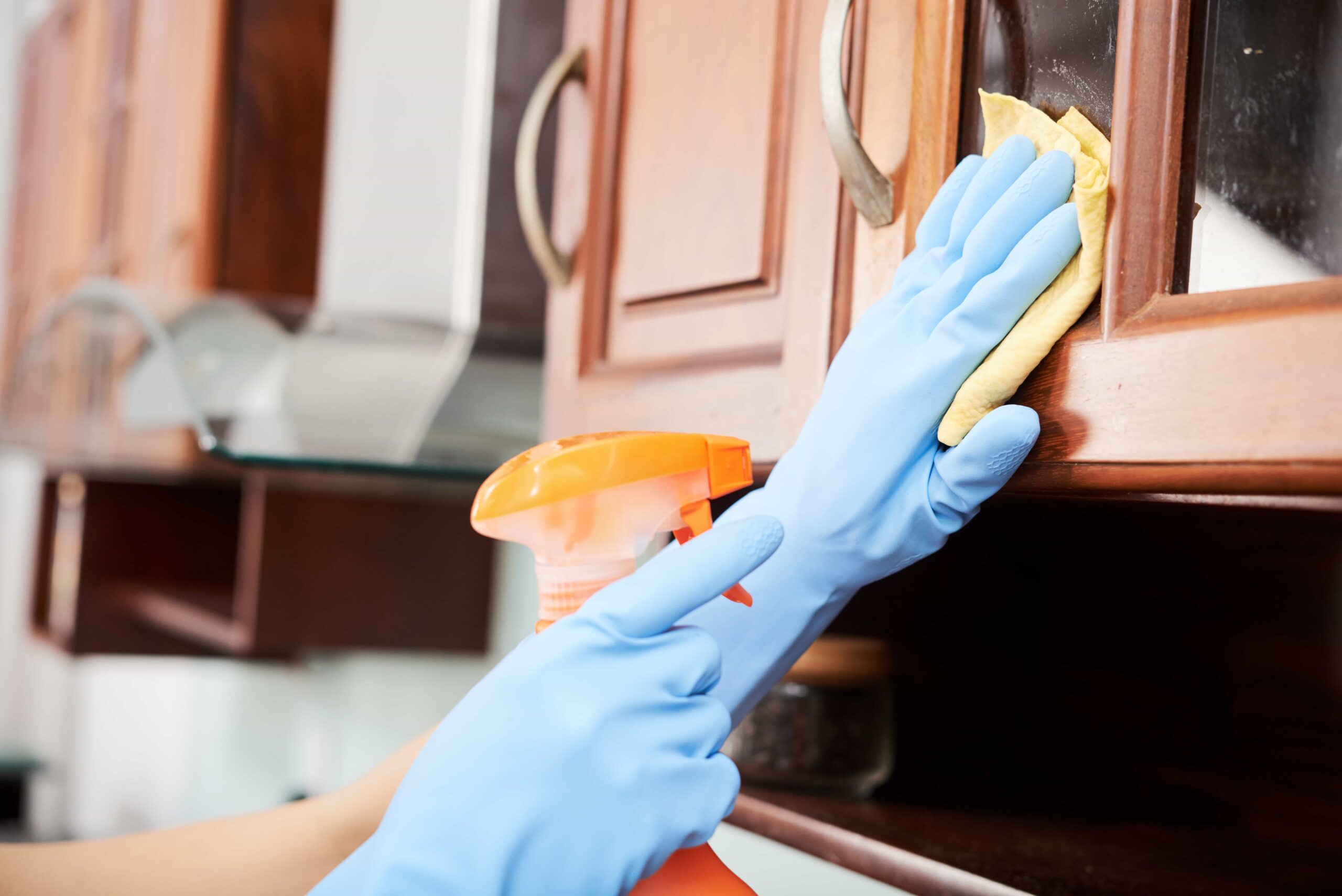
- 01392 834742
- [email protected]
- Open 24 Hours

Welcome to our blog, where we dive deep into upholstery cleaning! Whether you have a plush sofa, elegant armchair, or cosy recliner, keeping your upholstery clean is essential for maintaining its beauty and longevity. But with so many fabrics and potential stains, what is the best way to tackle this task? Fear not! This article will guide you through cleaning your upholstery effectively while protecting its delicate fibres. So grab a cup of tea (or coffee!) and get ready to learn some valuable tips that will leave your furniture looking fresh and fabulous. Are you ready? Let’s begin!
Upholstery fabrics come in a wide variety of materials, each with its unique characteristics and cleaning requirements. From luxurious velvet to durable microfiber, understanding the type of fabric used on your furniture is crucial for effectively cleaning and maintaining it.
One popular upholstery fabric is cotton, known for its softness and breathability. However, cotton can be prone to staining and may require special care to remove dirt or spills. On the other hand, leather upholstery offers a timeless elegance and durability that can withstand years of use. It requires gentle cleaning methods using specialized products designed specifically for leather.
Synthetic fabrics like polyester or nylon are commonly found on modern furniture pieces. These fabrics resist stains and fading but still need regular attention to keep them looking their best. Another option is linen upholstery which offers a sophisticated look but may be more susceptible to wrinkling and staining.
No matter what type of fabric you have on your furniture, it’s essential to check the manufacturer’s recommendations for cleaning instructions before attempting any DIY methods. This will ensure that you don’t accidentally damage the fabric while trying to clean it.
Maintaining a regular cleaning routine based on the specific needs of your upholstery fabric will help prolong its lifespan and keep it looking fresh and inviting for years to come. So take some time today to get familiar with the type of upholstery fabric you have in your home – knowledge truly is power when it comes to effective cleaning!
Upholstery fabrics can bring beauty and comfort to any space but can become dirty and soiled over time. So what exactly causes fabric soiling? Several factors contribute to the accumulation of dirt and stains on upholstery.
Regular use of furniture leads to natural wear and tear. Everyday activities such as sitting, lying down, or even resting your feet on the upholstery can transfer oils, sweat, and dirt onto the fabric. In addition, pets lounging on sofas or chairs can also leave behind hair, dander, and other debris.
Another common culprit is spilt food or drinks. Accidents happen – a glass of red wine spills during a dinner party, or a child’s sticky fingers leave marks from their favourite snack. These substances contain pigments that easily penetrate the upholstery fabric’s fibres.
Environmental factors also play a role in fabric soiling. Dust particles in the air settle onto surfaces, including upholstery. Indoor pollutants like cigarette smoke or cooking fumes can further contribute to staining.
Improper cleaning methods can worsen rather than eliminate stains. Rubbing vigorously at a stain may spread it further or damage delicate fabrics.
Understanding what causes fabric soiling allows us to take preventive measures and implement effective cleaning strategies for maintaining clean upholstery in our homes.
Accidents happen, and upholstery stains are an unfortunate reality of life. Whether it’s a spilt glass of red wine or a smear from dirty hands, treating stains promptly is critical to preventing them from becoming permanent.
The first step in pre-treating upholstery stains is to assess the type of stain you’re dealing with. Different kinds of colours require other cleaning methods. For example, water-based paints like coffee or juice may respond well to blotting with a clean cloth dampened with mild detergent and warm water.
On the other hand, oil-based stains, such as grease or ink, can be more stubborn and may require specialized cleaners designed for upholstery. It’s essential to read the manufacturer’s instructions before applying any cleaning products to prevent damage.
Before applying any cleaner directly onto the fabric, it’s always recommended to test it on an inconspicuous area first. This ensures the cleaner doesn’t cause discolouration or damage to your upholstered furniture.
Once you’ve determined the appropriate cleaning solution for your specific stain, apply it gently using a clean cloth or sponge. Blot rather than rub aggressively – this helps prevent spreading the paint further into the fabric.
After treating the stain, allow sufficient time for the cleaner to penetrate and work magic. This will vary depending on the type of stain and the product used – be sure to follow the instructions provided by the manufacturer.
Remember that some deep-set or particularly stubborn stains may require professional intervention. In these cases, contacting a reputable upholstery cleaning service can help ensure thorough removal without risking damage to your furniture.
By taking immediate action and following proper pre-treatment techniques tailored specifically for each stain type, you can significantly increase your chances of successfully removing those pesky spots from your beloved upholstery pieces!
Cleaning upholstery is essential to maintaining your furniture’s overall cleanliness and appearance. Whether it’s a spill, stain, or just general dirt build-up, knowing the steps to clean upholstery can help you keep your furniture looking fresh and inviting.
Start by vacuuming the upholstery thoroughly to remove any loose dirt or debris. Use a brush attachment to loosen any stubborn particles from the fabric gently.
Next, identify the type of fabric and check for any specific cleaning instructions or recommendations. Different materials require different cleaning methods and products, so following these guidelines is crucial to avoid damaging your upholstery.
Before applying any cleaning solution directly on the fabric, test it in an inconspicuous area first to ensure it won’t cause discolouration or damage. Once you’ve confirmed its suitability, gently apply a small amount of cleaner onto a clean cloth and blot the stained area. Avoid rubbing vigorously, as this may spread the stain further.
Use a soft-bristle brush, toothbrush, mild soap, or upholstery cleaner specifically designed for your fabric type. Work in small sections and always blot rather than scrub to prevent potential damage.
After treating all visible stains, rinse any remaining residue with a damp cloth soaked in clean water. Ensure not to over-wet the fabric, as excessive moisture can lead to mould growth or shrinkage.
Allow sufficient time for drying before using the furniture again. Open windows or turn on fans if possible to aid in faster drying while ensuring proper ventilation.
Regular maintenance, such as vacuuming regularly and promptly addressing spills, will help keep your upholstered furniture looking it’s best more prolonged. By following these simple steps and taking necessary precautions based on your specific fabric type, you can effectively clean your upholstery without causing harm.
Regarding upholstery cleaning, fabric protection plays a crucial role in maintaining the beauty and longevity of your furniture. Fabric protection treatments create a barrier on the fabric surface, helping to repel liquids, stains, and dirt.
Choosing the right product for your specific upholstery material is essential to ensure adequate fabric protection. Various options are available in the market, including sprays and specialized coatings.
Before applying any fabric protector, thoroughly clean your upholstery using appropriate techniques. This will remove any existing stains or dirt that may impact the effectiveness of the protective treatment.
Once your upholstery is clean and dry, apply the fabric protector according to the manufacturer’s instructions. It’s important not to oversaturate the fabric but apply an even layer across all surfaces.
Regular reapplication of fabric protection is recommended as it gradually wears off over time due to daily use and cleaning activities. Doing so lets you maintain optimal stain resistance and keep your upholstery looking its best for years.
In addition to protecting against spills and stains, these treatments also help guard against fading caused by UV rays from sunlight. This added benefit ensures that your furniture retains its vibrant colours for longer.
Investing in high-quality fabric protection products can save you both time and money regarding professional cleaning services or potential replacement costs. So don’t overlook this simple yet effective step when caring for your upholstered furniture!
Maintaining clean and fresh upholstery is essential for your furniture’s overall appearance and longevity. Regular cleaning helps remove dirt, stains, and odours and keeps your upholstery looking its best.
In this article, we have discussed the various aspects of upholstery cleaning. We started by understanding different types of upholstery fabrics and what causes them to soil over time. We then explored pre-treating stains on upholstered furniture before diving into the step-by-step process of cleaning upholstery.
Remember that each fabric requires a specific approach when it comes to cleaning, so always check the manufacturer’s instructions or consult a professional cleaner if you are unsure.
Additionally, we touched upon the importance of fabric protection in prolonging the life of your upholstery. A protective spray can help repel spills and stains, making future cleanings more accessible and practical.
Following these guidelines and incorporating regular maintenance into your routine, you can keep your upholstered furniture fresh and vibrant for years.
So go ahead – show some love to your beloved couches, chairs, or sofas! With proper care and attention, they will continue to provide comfort while enhancing the aesthetic appeal of your space. Upholstery cleaning doesn’t have to be daunting; remember these tips as you embark on this vital task!

Lorem ipsum dolor sit amet, consectetur adipiscing elit, sed do eiusmod tempor incididunt ut labore et dolore magna aliqua.



Lorem ipsum dolor sit amet, consectetur adipiscing elit
Call Anytime
If you have any questions on any of our cleaning services then please just ‘Contact Us’ and we will be happy to help.



Copyright ©2023 Ashton Cleaning Services. All Rights Reserved. Built & Hosted by Mediatopia